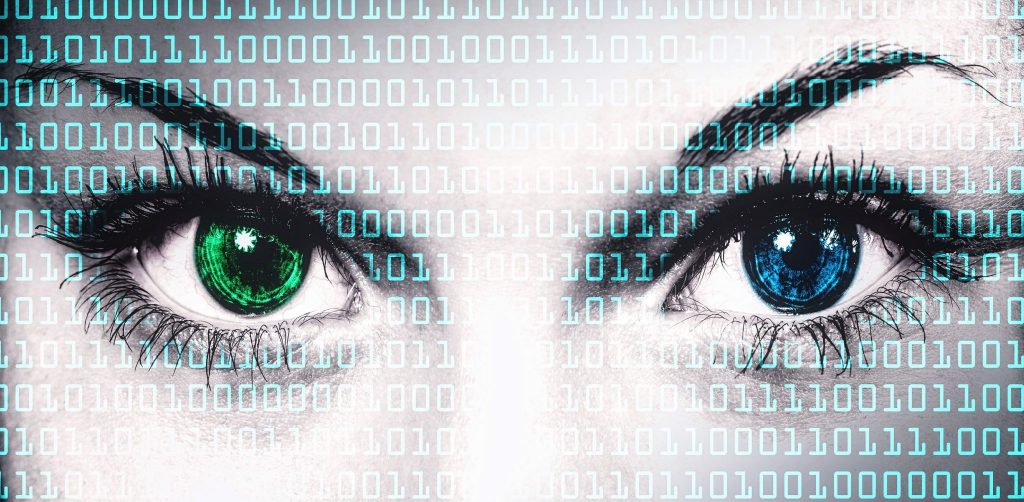Cyberattacks are not just evolving, they are evolving rapidly. Ever since the first PC virus was released back in 1986, cyberattacks and malware are turning more sophisticated and dangerous than ever before. Initially, malware and cyberattacks were relatively mild and didn’t have significant or lasting impacts on the businesses and organizations. Today, however, cyberattacks — including ransomware and phishing — are globally recognized as a major threat with catastrophic financial, reputational, and security-related consequences.
Cyberattacks today have taken an all-new advanced form to deliberately exploit your confidential data or your computer and network systems, resulting in serious consequences. A successful cyberattack can result in identity theft, fraud, breach of access, denial of services, system failures, security and privacy abuse, spoofing, spamming, system infiltrations, and many more.
Today, almost all connected devices, including handheld devices such as a smartphone, some household appliances such as televisions, PC’s, and home security systems are also under the threat of cyberattacks. With the growth of new and advanced malware, the number of cyberattacks is exponentially increasing. Therefore, to safeguard yourself from these cyberattacks, both individuals and organizations need to follow certain safety measures to avoid cyberattacks.
Be proactive: Here’s how
Comprehensive security visibility
Any system or a network, be it home or an organization, cannot be fully secured unless there is a constant visibility and monitoring at every point in the network. Having comprehensive security visibility provides an assurance that the data in the network is safe and secure, whether using on-premises, all-cloud, or hybrid cloud environments.

Proper understanding
Lack of proper understanding on how the organization, network, and business works stands as one of the biggest inhibitor in having a better security against cyberattacks. Every individual in an organization needs to have a proper understanding on how the business in their respective organization works. They also need to understand the user’s and network’s behavior in order to defend against cyberattacks. This will enable the security analysts to understand the implications and ramifications while defending against any malware or cyberattacks.
Improve efficiency of information security staff
When it comes to dealing with cyberattacks, there is unarguably no better substitute for experience. Cyberattacks are often unexpected, and to prevent these unexpected business challenges, companies need to have experienced resources to receive diverse inputs and actions to be taken during any cyberattack. Moreover, it is equally important to train the employees better and provide them with better security tools to tackle the situations.
But if you’ve been victimized by a cyberattack, then you need to be really smart, careful, and quick to deal with the situation. Here are some of the vital actions to be taken who hit by a cyberattack.
Approaches to tackle cyberattacks
Communication the problem immediately
Cyberattacks can bring down even the largest enterprise in minutes. This means that when hit by a cyberattack, there is absolutely no time to waste. Once a security analyst of a company or any other employee recognizes that their business is under an attack, it is very important to communicate the problem to all stakeholders right away. The faster you react and inform leadership, the lesser will be the damage caused by the attack. A recovery plan can only be activated if those responsible for security are aware of the attack.

Log and alert controls
Having proper log and alert systems in an organization is crucial in tackling ongoing cyberattacks. All security-related alerts and logs must be regularly analyzed by skilled analysts. Also, responding to these alerts correctly plays an important role. But analysts must not overreact to harmless or benign alerts.
Adapt to new changes
Most companies respond only after they are hit by a cyberattack. Responding just to recover from the attack is absolutely not enough, because a company hit once is a likely target to be hit again. They need to update or change their existing security mechanisms, and their way of defending cyberattacks to make sure they won’t be victimized again. Also, it’s essential to adapt to the new changes in the market, in terms of technology to make sure that they don’t create a scope for another cyberattack in the near future.
Document and understand the effects before attempting to fix the issue
Often, lack of proper root-cause analysis and documentations before attempting to fix an issue lands an organization into deeper trouble. Not all attacks are alike. Some attacks might hinder or take down the services whereas some might have a catastrophic impact such as locking down the entire data of an organization. If the cause, implications, and attack analysis are properly done before attempting to fix the issue, there are better chances to deal with and overcome the attack. These documented records often provide a vital audit trail to identify the cause of cyberattacks and can also be used to proactively detect any such suspicious activities.
Taking action to minimize the impact of an attack
Once you’re hit by a cyberattack, it is very important to immediately isolate the impacted systems. Affected systems or the network must be disconnected from the central system to reduce the impact of the attack and, hopefully, stop it from spreading. This can be done by switching off the impacted devices or by taking the systems offline. Impact due to a cyberattack can also be handled by segmenting the network.
Technology is evolving, and so are its darker sides such as cyberattacks. Technology can play a very important role in automating most of the essential cybersecurity functions such as filtering out malware, monitoring suspicious activities, filtering out phishing emails, and more. The resistance of a business from these cyberattacks depends largely on how well they use the technology.
Businesses now need to think what attackers out there may be after and need to safeguard themselves by tightening the security. Patching the existing security system is just not enough; companies must learn to update their systems regularly to stay safe. Most companies and businesses today log every activity, but they don’t really monitor them. Constant monitoring, being proactive, adapting to events, and learning from experiences are essential in averting and tackling cyberattacks.
Photo credit: Shutterstock



